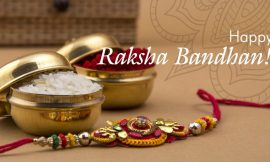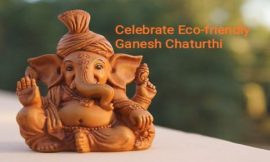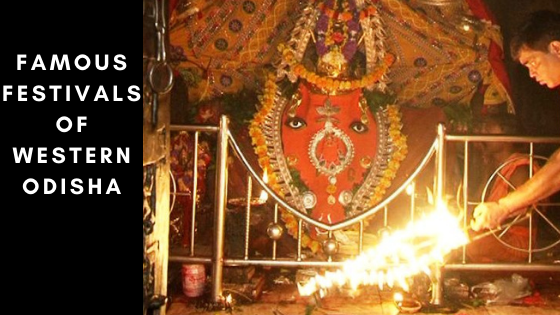
Festivals are the exact reflection of culture and western Odisha culture defines the emotions and activities of people from western Odisha. The calendar is dotted with festivals around the year and these festivals are a tribute to its rich culture and legacy.
Here we have the list of some famous festivals of Western Odisha
- Nuakhai
- Puspuni
- Sitalasasti
- BhaiJiuntia
- Puajiuntia
- DhanuJatra
NUAKHAI

Nuakhai is the most famous festival in the western region and known as the greatest harvesting festival of India, also called Nuakhai juhar, Nuakhai Parab, and Nuakhai Bhetghat. The name describing itself. Nua means New and khai means eat. So Nuakhai is the celebration to welcome the new crop of the season. It is observed on Panchami tithi(the fifth day) of the lunar fortnight of the month of Bhadraba. Preparations begin some 10-15 days prior to the festival. On that day everyone wears new clothes and the new crops offered to the goddess Laxmi and the elder member of the family offered a new crop to the other members and blessed them. Everyone wishes each other and in the evening folk dances and songs are organized called Nuakhai Bhetghat.
PUSPUNI
Puspuni Known as the second most important agricultural festival of western Odisha after Nuakhai. It is celebrated on the day of ‘Pausa Purnima” (fool moon day of month “Pausa”).
As the majority of people in this region depend on agriculture.so they celebrate this festival with joy. While Nuakhai is celebrated after the flowering of paddy. “puspuni” is observed to celebrate the harvest of the crop. The farmers of Western Odisha develop paddy on their agricultural land in the course of monsoon and harvest in autumn. After they bring home all the yield they locate blissful of all the toils and ride a superb feel of satisfaction. This inspires them to celebrate the moment with family and friends.
The festival provides a much-needed break after the tiring of agricultural work. It also marks the end of the work contract between landowners and agricultural laborers and the beginning of a new one.
SITALA SASTHI
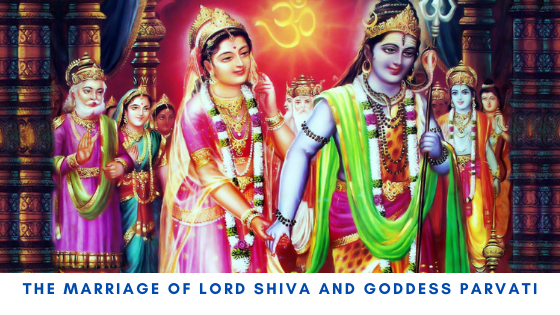
Sitalsasthi is a Festival that celebrates the marriage of Lord Shiva and Goddess Parvati. Sitalasasthi Fall on the ‘sasthi’ (6th day) at some stage in the ‘Shukla Paksha’ (the waxing section of the moon) in the ‘Jyestha’month of the normal Hindu calendar. Sital Sasthi is celebrated with colossal fervor and gaiety all over India, especially in western Orissa. The Sambalpur carnival on Sital Sasthi is a famous match that attracts heaps of travelers from all over India and abroad.
- the festivities last for a length of 5 days. During this festival, a household of the area is chosen to play the role of Parvati’s father and mom, and they existing her palms to Shiva for marriage. As Lord Shiva is acknowledged as ‘Swayam Bhu’, no one performs the function of his parents. The first day of the competition is recognized as ‘Patra Pendi’ day. On this day the chosen household adopts Parvati. After two days, the idol of Goddess Parvati arrives at the residence of her adopted parents. As a phase of the ritual, from this adopted home, the bride (idol of Goddess Parvati) is taken in a grand procession in the night time for the marriage ceremony.
- Much in the equal way, Lord Shiva, accompanied with the aid of different Hindu Gods and Goddesses arrive at the vicinity of the marriage ceremony. This divine procession is lead with the aid of Lord Narsimha and Lord Hanuman.
- All the ordinary rituals and customs are carried out even for this divine marriage ceremony. The celebrations are witnessed by way of devotees from the neighboring states and beyond. After the ceremonies, on the following evening, the divine couple starts their experience of the town, referred to as ‘Nagar Parikrama’. This match is additionally popularly acknowledged as ‘Sital Sasthi Yatra’. Folk music, folk dance, and different such activities shape the chief appeal of this carnival.
- On the event of this marriage ceremony, a massive wide variety of ‘Hijadas’ or ‘Eunuchs’ come to take part in the celebrations. This is so as Lord Shiva was once additionally referred as ‘Ardhanarishwara’ (half female half of man).
2021 Tuesday, fifteenth of June
2022 Monday, 6th of June
2023 Friday, 26th of May
2024 Tuesday, eleventh of June
2025 Saturday, thirty first of May
2026 Friday, nineteenth of June
JIUNTIA
Jiuntia celebrated in each village and each and every city of Western Odisha in the month of Aswina. People celebrates these gala’s with Two names. Bhai jiuntia and Pua Jiuntia.
Pua Jiuntia and Bhai Jiuntia. Pua Jiuntia is normally determined by using moms to invoke the grace of Lord “Dutibahana” for the lengthy lifestyles and prosperity of their sons; whereas on the event of Bhai Jiuntia the sisters worship goddess “Durga’ for the prosperity of their brothers.
Puajiuntia and Bhaijiuntia gala’s are celebrated on the day of the darkish fortnight and on the eighth day of the vibrant fortnight respectively.
DHANU JATRA
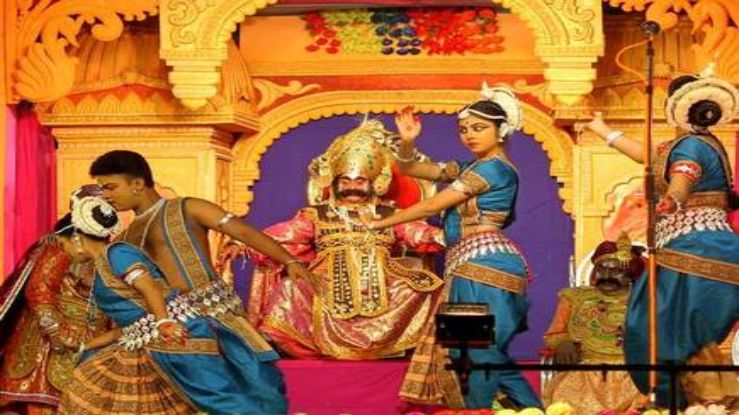
Dhanu Jatra is the world’s largest open-air theatre one that finds a mention in the Guinness Book of World Records, celebrated in Bargarh, Odisha since 1947.
Dhanu Yatra has been accorded National Festival status in November 2014 by the Department of Culture of the Government of India. Dhanu Jatra is based on the mythological story of Krishna and his demon uncle Kansa.The stage was spread across an 8 km radius area around the Bargarh municipality. The whole drama is all about an effigy of Kansa is burnt to symbolize that evil is short-lived and truth prevails in the end.
The 11-day festival will showcase ‘Balya Leela’ of Lord Krishna in Gopalpur including Vastra Haran, Kalia Dalan, killing of devils such as Putuna, Sakata, Truna, Baka and Dhenu, and cruelty of the demon king Kansa in Mathura.

